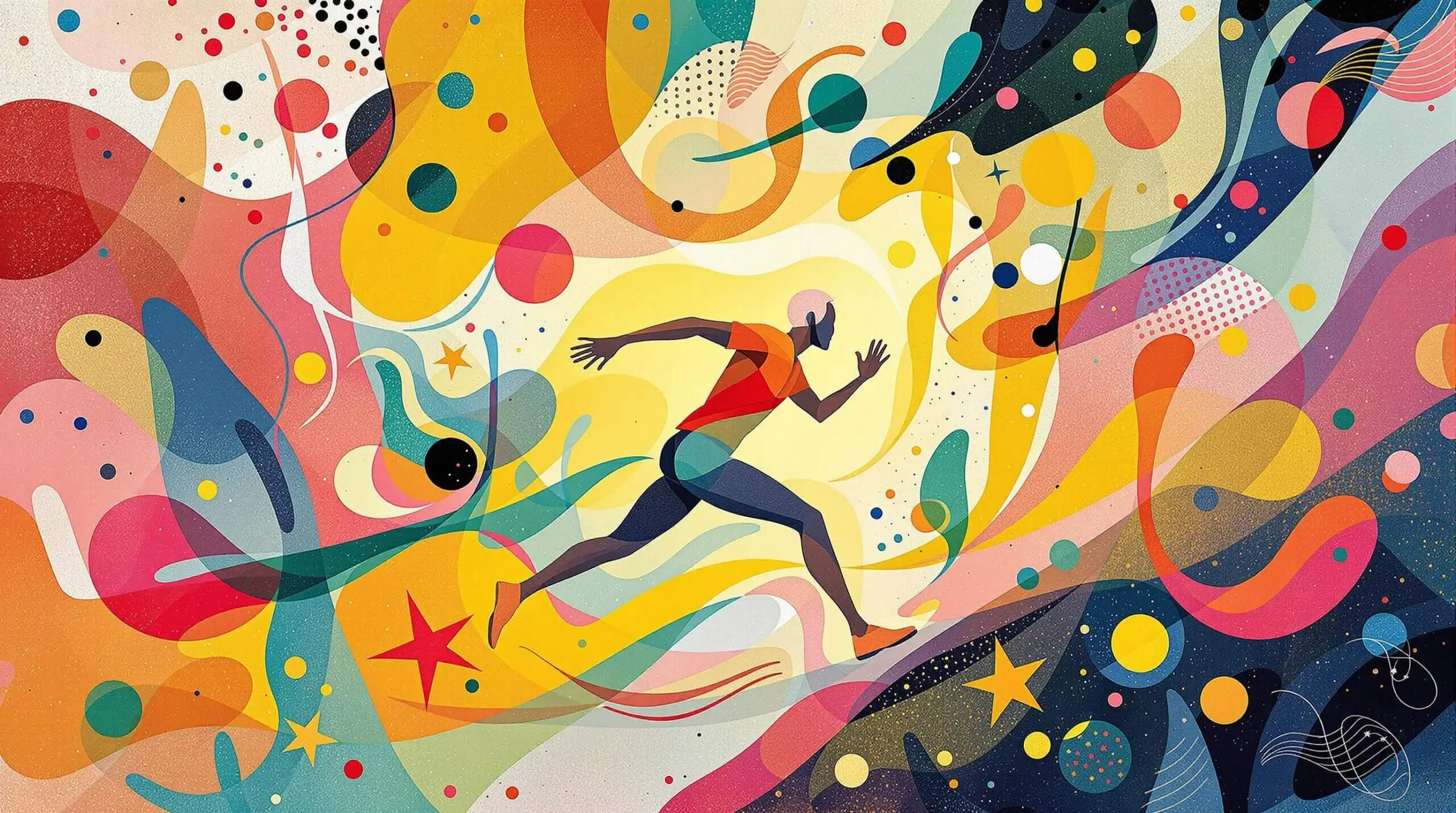Longevity in Motion: The Physics of an Active Life
Explore how principles of physics can enhance an active lifestyle and contribute to longevity.

Understanding Physical Activity and its Impact on Longevity
The Fundamental Link Between Movement and Lifespan
Our bodies were built to move. From the intricate dance of atoms to the grand orchestration of muscles and joints, physical activity shapes our very existence. Research consistently shows that regular movement doesn’t just add years to life – it adds life to years. The physics of human motion, from simple walking to complex athletic endeavors, creates biological changes that significantly influence our longevity.
The Science of Movement and Aging
Physical activity affects aging at the molecular level. Each step we take triggers a cascade of cellular responses that strengthen our bodies’ defense mechanisms. Exercise increases the production of mitochondria – our cellular powerhouses – while reducing inflammation and oxidative stress. These microscopic changes accumulate over time, creating a powerful buffer against age-related decline.
Historical Perspectives on Movement and Longevity
Ancient civilizations understood the connection between physical activity and long life. The Greek physician Hippocrates noted, “Walking is man’s best medicine.” Modern science has validated this ancient wisdom. Studies of centenarian populations worldwide reveal a common thread: consistent physical activity throughout life. The Sardinian shepherds, known for their exceptional longevity, walk miles daily across rugged terrain well into their 90s.
Common Myths and Misconceptions
Many believe intense exercise is necessary for longevity benefits. Actually, moderate activity provides most of the life-extending advantages. Another myth suggests that exercise becomes dangerous as we age. Research shows the opposite – regular physical activity becomes more crucial with advancing years. The key is matching activity level to individual capacity and building gradually.
Current Research and Statistics
The numbers paint a clear picture. Studies show that regular physical activity can extend life expectancy by up to 7 years. People who exercise moderately for 150 minutes per week reduce their mortality risk by 31%. Even more striking, research published in JAMA Network Open found that replacing just 30 minutes of daily sitting with light physical activity decreases mortality risk by 17%.

The Physics of Human Movement and Longevity
Biomechanical Principles and Their Impact
Human movement follows precise physical laws. Each step generates forces that strengthen bones, muscles, and connective tissue. The principle of mechanical loading stimulates bone density maintenance, crucial for healthy aging. The physics of balance and coordination training creates neural adaptations that protect against falls – a major threat to longevity in older adults.
Energy Systems and Cellular Health
Physical activity engages multiple energy systems in our bodies. Aerobic exercise improves cardiovascular efficiency and mitochondrial function. Resistance training triggers mechanical tension that stimulates muscle protein synthesis and hormonal responses. These physical forces translate into biological signals that enhance cellular repair mechanisms and longevity pathways.
Movement Patterns and Their Effects on Aging
The Role of Different Types of Movement
Various movement patterns affect our bodies differently. Walking activates over 200 muscles while maintaining low joint stress. Swimming creates resistance through fluid dynamics, providing full-body engagement with minimal impact. Resistance training generates specific force patterns that maintain muscle mass and bone density – crucial factors in healthy aging.
Cellular Responses to Physical Forces
Exercise creates mechanical stress that cells interpret as signals for adaptation. This mechanotransduction process activates genes associated with longevity and cellular repair. Physical activity also stimulates the release of myokines – muscle-produced molecules that support brain health and metabolic function.
Key Movement Patterns for Longevity
- Walking and natural movement patterns
- Balance and coordination exercises
- Resistance training for muscle maintenance
- Mobility work for joint health
- Cardiovascular activities for heart health
- Flexibility exercises for range of motion
- Functional movements that mirror daily activities
Practical Implementation for Longevity
Building a Sustainable Movement Practice
Creating lasting physical activity habits requires careful consideration of individual capabilities and preferences. Start with simple movements and progress gradually. Focus on consistency over intensity. Regular movement throughout the day proves more beneficial than single intense workout sessions followed by prolonged sitting.
Age-Specific Movement Considerations
Physical activity needs evolve with age. Young adults benefit from varied, challenging movements that build strength and skill. Middle-aged adults should focus on maintaining muscle mass and joint health. Older adults need regular balance training and activities that support daily function.
Advanced Concepts in Movement and Longevity
The Role of Recovery and Rest
Physical activity creates positive stress, but recovery enables adaptation. Proper rest between activities allows cellular repair processes to occur. Sleep quality significantly impacts exercise benefits and longevity outcomes. Research shows that good sleep habits enhance the positive effects of physical activity on lifespan.
Environmental Factors and Movement Quality
Where and how we move matters. Natural environments enhance the mental health benefits of physical activity. Temperature exposure during exercise – both hot and cold – may activate additional longevity pathways. The variety of movement surfaces and patterns in nature creates beneficial adaptations absent in gym environments.
Practical Guidelines for Longevity Through Movement
- Accumulate 150-300 minutes of moderate activity weekly
- Include strength training 2-3 times per week
- Practice balance exercises daily
- Break up prolonged sitting every 30 minutes
- Incorporate variety in movement patterns
- Progress gradually to prevent injury
- Listen to body signals and adjust accordingly
- Prioritize recovery and sleep
- Move outdoors when possible
- Focus on enjoyable activities for sustainability
Future Directions in Movement Science
Research continues to uncover new connections between physical activity and longevity. Scientists are studying the effects of different movement patterns on cellular aging markers. Wearable technology advances promise more precise activity recommendations based on individual physiology and recovery patterns.
The physics of movement profoundly influences our lifespan and healthspan. Regular physical activity creates positive changes from the molecular level upward, supporting healthy aging through multiple pathways. The key lies not in extreme exercise but in consistent, varied movement appropriate to individual capacity. By understanding and applying these principles, we can harness the power of physics to enhance our longevity potential.